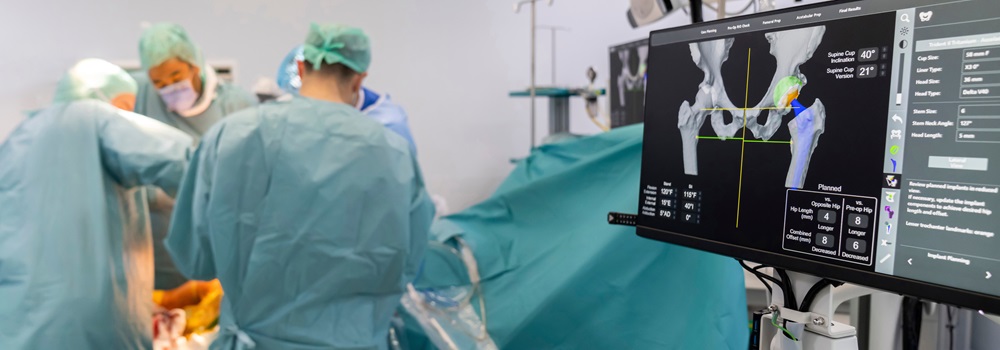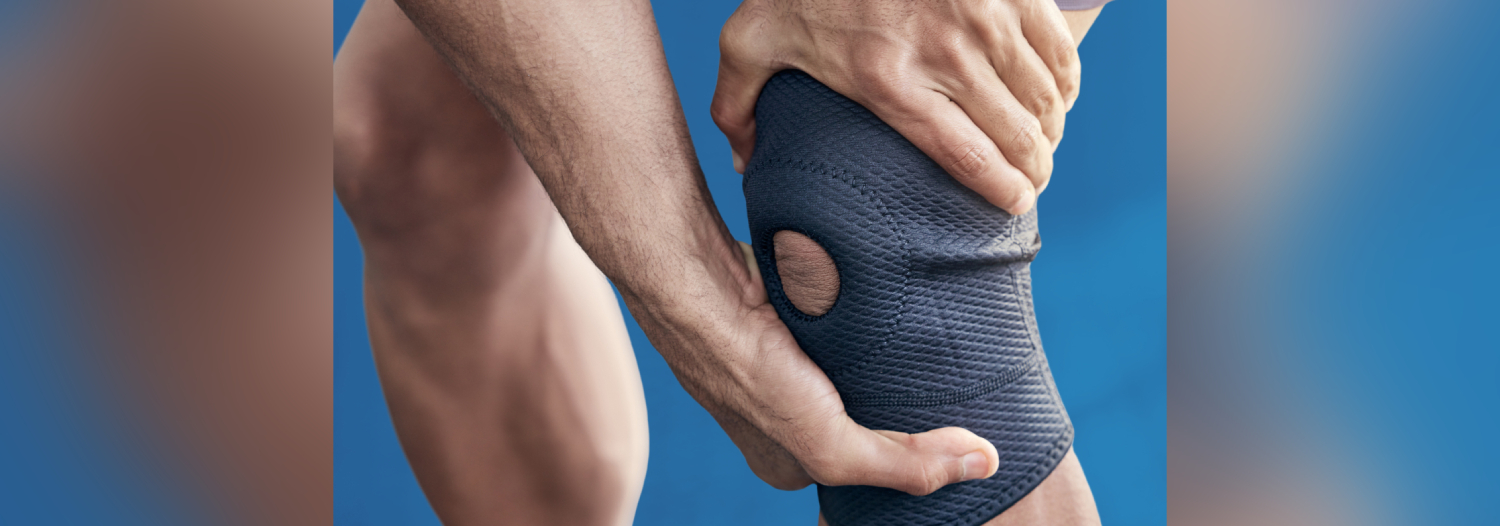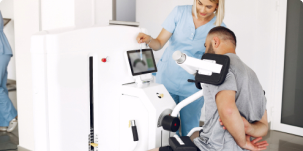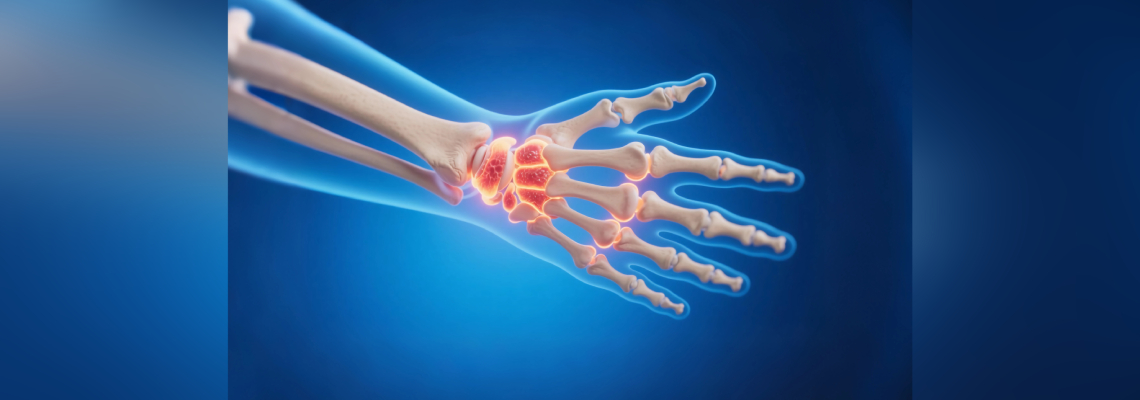Preventing DVT/PE After Total Hip and Total Knee Arthroplasty: A Patient’s Comprehensive Guide
Total hip replacement surgery (THA) and total knee replacement surgery (TKA) represent orthopedic surgeries that significantly enhance the quality of life for individuals who are dealing with severe joint pain and mobility issues. However, these surgeries carry a risk of developing deep vein thrombosis (DVT) and its potentially life-threatening complication, pulmonary embolism (PE).
DVT develops when a blood clot forms within the deep veins of the legs, often after prolonged periods of immobility, while PE happens when a clot dislodges and moves to the lungs. Preventing DVT and PE is a critical aspect of postoperative care for patients undergoing THA and TKA. While there is no way to prevent all DVT/PE from happening, we'll discuss various preventive measures and strategies that may significantly reduce the risk of these serious complications.
Understanding DVT and PE
Deep vein thrombosis (DVT) typically manifests as pain, swelling, and redness in the affected leg. However, it can also be asymptomatic. When a blood clot becomes dislodged and migrates to the lungs, it can block the pulmonary arteries, causing a pulmonary embolism (PE). PE can be life-threatening, leading to symptoms like Breathlessness, chest discomfort, and a rapid heartbeat; in severe cases, it can be fatal.
The Importance of Prevention
Prevention is essential in decreasing the occurrence of DVT and PE post total hip or total knee arthroplasty. Patients and healthcare providers need to work collaboratively to minimize the risk of these complications. Here are some effective preventive measures:
Early Ambulation and Movement
Encouraging patients to start moving and walking as soon as possible after surgery is crucial. Early ambulation helps prevent blood stagnation in the legs and reduces the risk of clot formation.
Physical Therapy
Physical therapy holds a crucial position in the recovery process after THA and TKA. Therapists guide patients through exercises that help improve blood circulation, muscle strength, and joint flexibility, reducing the risk of DVT.
Compression Stockings
The use of compression stockings may aid in preventing blood clots by improving blood flow in the legs. These stockings provide graduated compression, being tightest at the ankle and gradually decreasing pressure as they move up the leg. Some patients find these uncomfortable and are not able to tolerate the thigh discomfort that can be associated with these stockings.
Intermittent Pneumatic Compression Devices/ Sequential Compression Devices
Intermittent pneumatic compression (IPC) or Sequential compression devices (SCD) are mechanical pumps that help improve blood circulation by applying intermittent pressure to the legs. These devices can significantly reduce the risk of DVT by preventing blood from pooling and clotting in patients who are stationary for the majority of the day.
Anticoagulant Medications
Patients may be prescribed anticoagulant medications such as heparin, enoxaparin, Xarelto, Pradaxa, or warfarin to help prevent blood clotting. These medications thin the blood and make it less likely for clots to form. The use of these blood thinners has complications, especially after major surgery, and the decision of which one to use and for how long is best discussed with your medical team.
Patient Education
Educating patients about the risks of DVT and PE, as well as the importance of compliance with prescribed preventive measures, is essential. Patients ought to comprehend the indications and signs of DVT and PE and know when to seek medical attention.
Hydration and Nutrition
Maintaining adequate hydration and a well-balanced diet are important for preventing DVT. Proper hydration helps in maintaining the fluidity of blood, reducing the risk of clotting.
Smoking Cessation and Healthy Lifestyle Choices
Smoking raises the likelihood of developing blood clots and delays wound healing. Encouraging patients to quit smoking, maintaining a well-rounded diet, and participating in routine exercise as part of a part of a healthy lifestyle is crucial in preventing DVT and PE.
Conclusion
Preventing DVT and PE after total hip or total knee arthroplasty is a multifaceted approach that involves a combination of patient education, early mobilization, medical interventions, and lifestyle modifications. By implementing these preventive measures and closely monitoring patients, healthcare professionals can significantly reduce the incidence of these potentially life-threatening complications, ensuring a smoother recovery and improved overall outcomes for patients undergoing THA and TKA. As with any medical procedure, always seek personalized advice and recommendations from your healthcare professional regarding DVT/PE prevention strategies.










